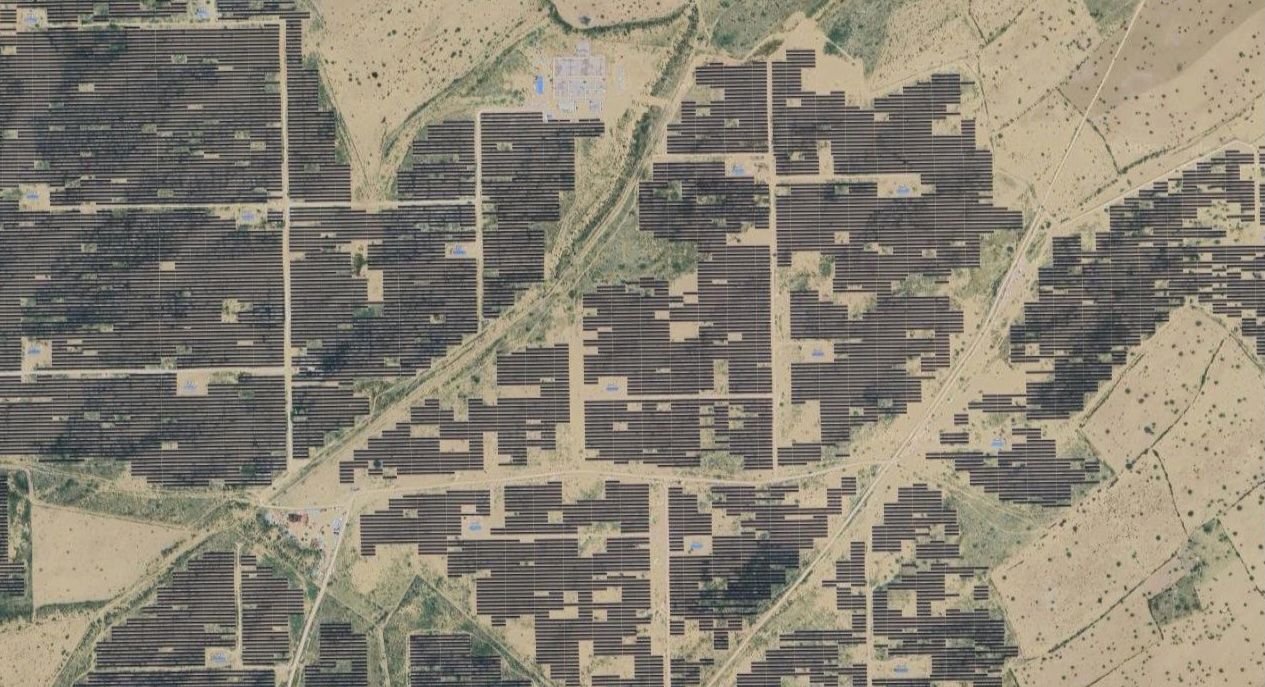Conversations with the Coalition: TransitionZero

As part of an ongoing Climate TRACE series, we are interviewing individual coalition members about their work. We recently caught up with Lucas Kruitwagen, Chief Technology Officer, and Ashank Sinha, Head of Heavy Industry, at TransitionZero, which provides data on electricity, steel, cement and other industrial sectors to help create a global economy-wide emissions inventory*.*
Which emissions sector(s) are you focused on, and why?
While our work originated in power sector data emissions, our contribution to Climate TRACE today focuses on modeling emissions for the manufacturing (heavy industry) sector across five core sub-sectors: steel, cement, aluminum, pulp and paper, and chemicals. We’ve been focusing on manufacturing for the coalition because it’s the heaviest-emitting sector on the planet after power.
Take steel, for example, one of the most-polluting industries in the world. To produce one tonne of steel, a blast furnace-blast oxygen furnace (BF-BOF) facility emits on average roughly two tonnes of carbon dioxide. This level of impact is exactly why it’s so important to achieve decarbonization in the industrial sector. But in order to succeed, we need to address the lack of transparent data in heavy industry.
Why is manufacturing (i.e., heavy industry) data particularly difficult to obtain?
There are a lot of reasons why the data doesn't publicly exist for heavy industry — some technical, some economic. By contrast, we have very rich data about electricity because maintaining the balance between supply and demand in real-time is critical for the stability and efficiency of the electrical grid.
But for heavy industry, since these are bulk goods that get transported around the world by rail or ships, companies haven’t needed as rich data to conduct business. When the ship arrives at your port, that's when you settle the transaction. So there are many fewer points at which you quantify the commodity than there are in electricity.
Heavy industry is also still very concentrated, with only a very small number of companies operating in the sector. In other sectors, it seems that greater competition can lead to more disclosure or more information availability.
It’s also more difficult to use remote sensing for heavy industry than with power because these facilities don’t use large cooling towers in the same way.
So what approach are you taking to fill the gaps in heavy industry emissions data?
We gather as much information as is available. For starters, we have all the monthly and annual production data we can get our hands on for each sub-sector globally. We have a little bit of ground truth from some companies, as well as information on what technology exists at a given facility.
We also incorporate satellite data, namely hotspot detection (i.e., infrared heat signatures). A lot of heavy industry sites have very hot components like furnaces, so we detect hotspots to estimate the activity of the facilities based on how hot the equipment is — or when it’s gone cold.
Downstream of the data collection, we use machine learning tools to disaggregate data and calibrate our estimates. Ground truth data isn’t sufficient to train data on, so we also use more unsupervised methods such as cross-validation to allocate production to different facilities.
What data-gathering challenges are you currently facing?
There are a lot of challenges, really, and we're still quite early days in terms of getting this data where we want it to be. In addition to the lack of ground truth data, we also don't have strong signals in satellite data. But there are some new satellite constellations coming online that offer either higher cadence, different spectra, or increased spatial resolution that we can try some experiments with to see if we can get better remote sensing signals.
We're also working with shipping data now to see if we can calculate production or emissions data — or potentially both — from shipping data or using shipping data as a proxy. In general, we have a very far way to go to increase our certainty in the figures that we're reporting.
What various organizations are seeking this type of data, and to what end?
Many others can leverage our tools across a few very key sectors.
On the industry side, there's pressure from consumer-facing brands to work on their environmental credentials. In heavy industry, we’re not getting as much engagement from the steel manufacturers themselves as we are from their customers, the auto manufacturers, who want to be able to figure out their Scope 3 emissions.
There's another push from all the people who do good work on sustainability and are working to answer big questions about energy transitions, including mapping them out and understanding technology pathways.
This wide user community includes public sector institutions, not-for-profit groups, and the private sector. As momentum around sustainable finance increases climate-related disclosure and sustainability accounting standards, our work can validate or even provide the data itself to help these companies do their own disclosure. It’s also useful for policymakers who may not have time to dive into the detail but really need a credible source of data.
In the past, we have been building our tooling to do data work that is backwards-looking. But now we're really starting to get involved in forward-looking work, which is to say, how can we help facilitate energy transitions that better quantify and consider the tradeoffs between things? The plan is to add more sectors as the relationship with Climate TRACE evolves, so that over time, we can collectively look at the big picture across multiple sectors.
Ultimately, by providing readily available, open-source data about heavy industry emissions, we can help a range of organizations make better decisions. Combined with the other work we and the Climate TRACE coalition members do, we are proud to provide a source of truth that people can believe in as we together shape a clean energy future.
Interviewed by Daisy Simmons.


